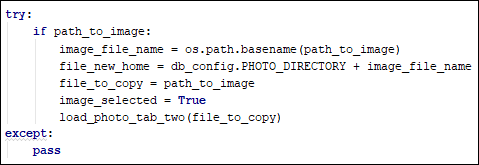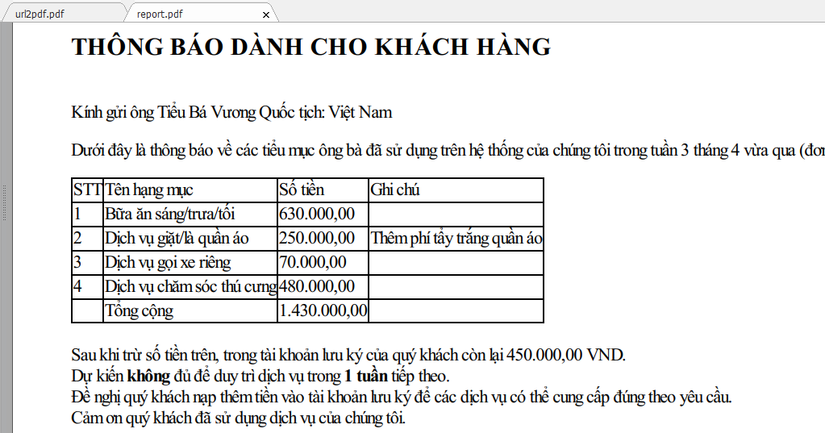
Doing this you can quickly find the problem and solve it easily. And when something happens inside the application, these log message will be written inside the log file. Then use these logging messages with all the above configuration. Now Whenever you think that there can be issues in class, function or any lines of code. Then I will define the datefmt as: datestr = "%m/%d/%Y %I:%M:%S %p "Īfter defining all the required formats you will use inside the basicConfig() method.

Like in this example I will take the following DateTime format. The datefmt parameters take the format of the date and time you define. fmtstr = " Name: %(user_name)s : %(asctime)s: (%(filename)s): %(levelname)s: %(funcName)s Line: %(lineno)d - %(message)s"īy default, the logging module takes other date and time format. You can look out all these on the official Python Logging tutorial. These are the group of formatted strings. For this, you will add the format and datefmt values inside the basicConfig() method. But you can also add some other things like function name, line number data, etc to know from where these messages are coming. The basic logging simply writes the message of the level to the log file. With the debug level Log File Creation Custom Logging in Python To do so you have to specify the filename parameter inside the basicConfig() method. The best practice is to create a separate log file inside for it. Pass the level argument with the logging.DEBUG and you are able to see all the messages. You can set the minimum level in the logging.basicConfig() method to output all messages. You can see I have written all the messages but in the output, I am not getting the info and debug messages. Coding the Basic Logging in Pythonīy default logging module only outputs the warning messages as the other levels are high from loggin.warning().

Each message tells us the following things.

These are :Įach message tells you something about the application status. In python logging, there are 5 ways you can record the log messages. You can import using the import logging statement.
#Continuously read and copy log file python how to
In this post, you will know how to use logging in python to keep records of the occurred events within a program.īefore coding the custom logging lets understand the basic logging Basic Logging in Pythonįor the logging, you use the logging module that is already available in the python standard library. This leads to high time consuming to fix the errors if the program crashes.
#Continuously read and copy log file python code
Otherwise, you will not be able to know which modules or lines of code have got errors and problems. But in the production phase, it’s very important to keep track of logs in a file while the program is running. But what does the compiler doing (Debugging) we ignored that? At the developing phase, it does not matter much. It’s easy to compile and see the output of a project are according to your requirement. As a Data Scientist Programmer, you might have to build a project based on machine learning, deep learning, and other related projects.


 0 kommentar(er)
0 kommentar(er)
